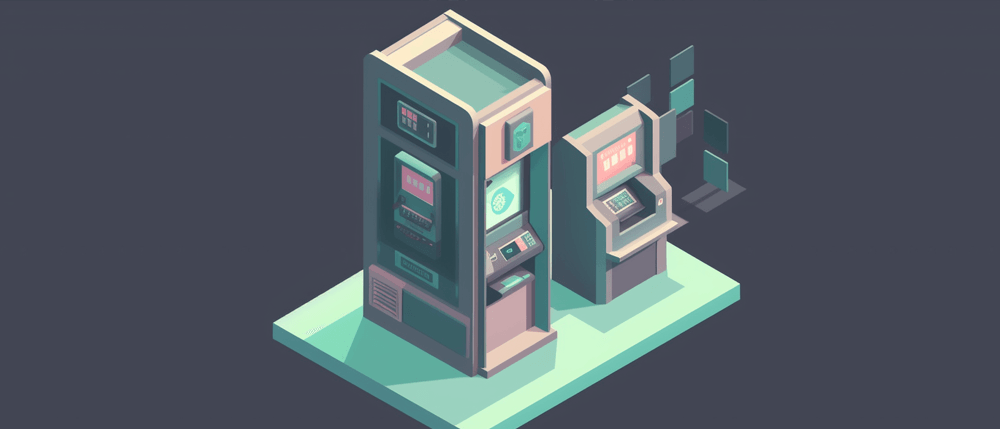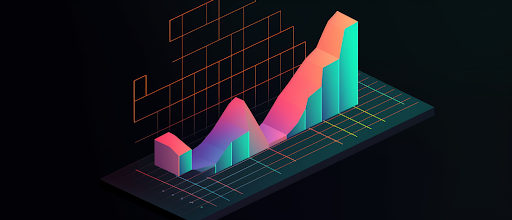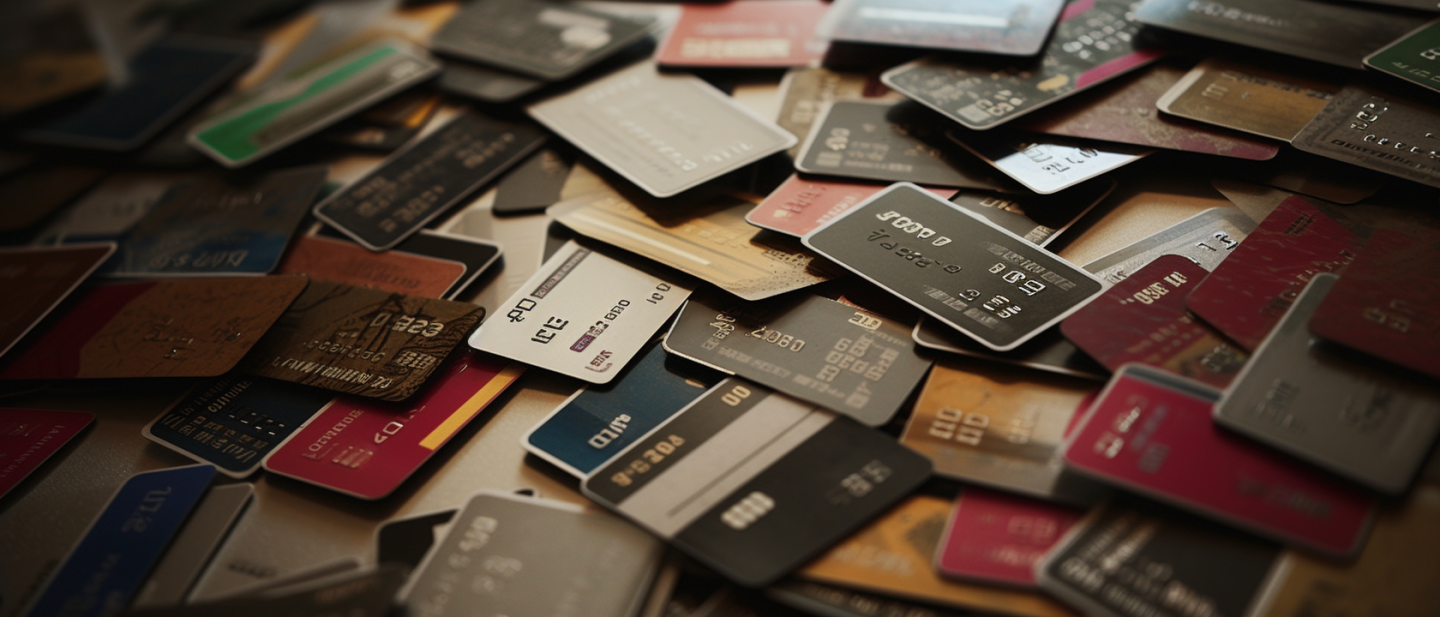
- Checking accounts are best for day-to-day transactions, such as paying bills, making purchases, withdrawals, and transfers.
- Savings accounts are designed for earning higher interest rates on long-term savings.
- Checking accounts generally have fewer restrictions and withdrawal limits than savings accounts.
Features Of Checking And Savings Accounts
| Feature | Checking Account | Savings Account |
|---|---|---|
| Purpose | Day-to-day transactions | Saving for long-term goals |
| Interest | Little to none | Generally higher than checking accounts |
| Debit Card | Yes | Sometimes |
| Check Writing Access | Yes | Sometimes |
| ATM Access | Yes, often nationwide | Varies depending on the account provider |
| Monthly Transaction Limits | No | Yes, limited withdrawals and transfers per month |
| Monthly Maintenance Fees | None or low fees | Varies depending on the account provider |
| Withdrawal Limit Fee | Overdraft fee, out-of-network ATM fee, foreign transaction fee | Withdrawal fee for exceeding monthly limit |
What Is A Checking Account Used For?
Checking accounts are designed for short-term funds and typically offer little to no interest. Here are some common uses of a checking account:
- Regular transactions such as purchases, ATM withdrawals, bill payments, and transfers
- Receiving credits such as salaries and business payments
- Managing your money and keeping track of your spending
- Building a good credit history
- Overdraft protection
- Other mobile banking features such as budgeting, self-imposed withdrawal limits, and account tracking
Keen to explore further? Our take on how much money you should keep in your checking account has you covered.
What Is A Savings Account Used For?
Savings accounts are typically geared towards long-term savings and tend to provide higher interest rates compared to checking accounts. Below are some typical purposes of a savings account:
- Saving money
- Receiving credits such as salaries, so you can save them directly and earn interest
- Putting money away for specific projects such as getting a house, vacation, or child school fees
- Saving money away in a safe, credible, and insured account
- Emergency funding
- Maintaining financial discipline and a good saving culture
It’s not uncommon for savings accounts to offer tiered interest rates, meaning that as your balance increases, so does your interest rate. However, many savings accounts require you to maintain a minimum balance to avoid monthly fees, and some accounts may have withdrawal limits. These accounts are primarily designed for savings rather than everyday spending, so they often come with monthly transaction limits.
When Should You Choose A Savings Or Checking Account?
To guide you, we have provided a couple of scenarios below that should make you go for one account type over the other.
Choose a checking account if:
- You need an account for ease of daily transactions
- You usually have plenty of transactions such as payment of bills and purchases to make per month
- You do not have any intention to save, yet
Choose a savings account if:
- You have a larger amount of money you want to save
- You have excess money that you may not be using for a long time
- You desire higher interest rates on the money in your account
- You aim to maintain a savings culture or better financial discipline
How To Choose A Checking Account
After you have decided that a checking account is the best fit for your financial goals, you must also ensure you go for a checking account that will best meet your needs while offering outstanding deals and ease of banking.
You should look out for the following in a checking account:
- Little or no maintenance fee: Look out for checking accounts that either charge no maintenance fees or have options for waiving them. You perform plenty of transactions with a checking account. It is, therefore, possible for monthly transactional charges to add up very fast and become significant amounts. Accounts with little or no maintenance fees or options for waiving charges will help you combat this.
- Debit card and checkbook provision: Ideally, a checking account provides you with a debit card and checking book or allows you to link one of your previous debit cards to it. Otherwise, you will not be able to perform most of your transactions, as debit cards are important not only for ATM withdrawals but also for electronic transactions.
- Free and nationwide ATM access: Choose accounts that do not have ATM restrictions and will let you perform ATM transactions for free. As expected, you would be performing plenty of ATM withdrawals with your checking account, and you do not want to encounter restrictions or high transaction fees.
How To Choose A Savings Account
Here are features to look out for when choosing a savings account:
- High interest rates: Savings accounts are not the type of account with the highest interest rates out there. However, a good savings account should be able to offer you a significant Annual Percentage Yield (APY) of up to 2% or higher.
- Withdrawal limits: Withdrawal limits are a popular feature of savings accounts. A withdrawal limit is the number of times you can make withdrawals from your account per month, after which you will be charged a fee (about $5 to $10) for every excess withdrawal. Withdrawal limits can be a good way to help you watch how often you “steal” from your own savings.
Ready to learn more? Take a look at our guide on how many savings accounts you should have.
Interest Rates For Savings And Checking Accounts; The Importance Of High APY
Checking accounts may offer interest rates, but typically at lower rates than savings accounts. Interest rates for both types of accounts depend on factors like the account provider, amount in the account, and current economic conditions.
When you deposit your money in a savings account with a high annual percentage yield (APY), you can grow your balance more quickly over time, without any extra effort on your part. While checking accounts are designed for spending and may not earn significant interest, savings accounts are meant to accumulate savings, so it’s important to maximize the APY.
Although the average savings account APY is only 0.35%, some banks and credit unions offer much higher rates of around 2% APY or more. If you deposit $10,000 in an account that earns 0.05% APY, after a year, that money will earn about $5. But if you deposit that cash in an account that earns 2% APY, you would have about $200 more after the same time period. The difference in earnings between a high and low APY account becomes more significant with larger deposits.
Alternatives To Regular Savings Accounts
Savings accounts help you grow your savings with little effort on your part. However, they are not the only option you have to achieve this.
Certain other types of accounts offer similar or even higher interest rates.
- Money market accounts: Typically offer higher interest rates than traditional savings accounts
- Certificate of Deposits (CDs): Savings accounts with a fixed term and interest rate.
- High-yield checking accounts: Checking accounts with higher-than-average interest rates.
- High-yield savings accounts: Savings accounts with higher-than-average interest rates.
- IRA savings accounts: Savings accounts designed specifically for Individual Retirement Accounts (IRAs).
- Investment accounts: Accounts used to invest in stocks, bonds, and other securities.
Should I Have Both Checking And Savings Accounts At The Same Bank?
Having a checking and savings account at the same bank is often advantageous, as it allows for better coordination of spending and saving. Savings accounts typically offer higher interest rates than checking accounts.
Most banks offer both account types, and having both may even result in better interest deals.
It is important to note that having both a checking and savings account can be beneficial in managing your finances effectively. Many banks offer both account types, and it may be useful to research and compare different account providers to find the best deals for each type of account.
It is important to note that having both a checking and savings account can be beneficial in managing your finances effectively. Many banks offer both account types, and it may be useful to research and compare different account providers to find the best deals for each type of account.
Is My Money Protected In A Savings Or Checking Account If The Bank Fails?
In the US, most savings and checking accounts are FDIC-insured for up to $250,000 per depositor, while credit unions are insured by the NCUA for the same amount. Make sure to choose an insured bank or credit union, and consider the insured limit if your savings exceed $250,000.
Found the account you were looking for? Learn how to open a bank account with our helpful guide.










